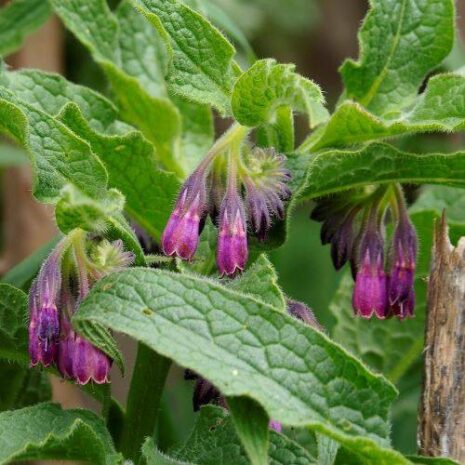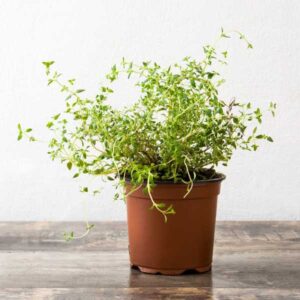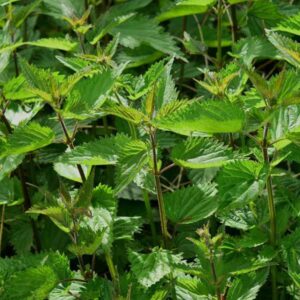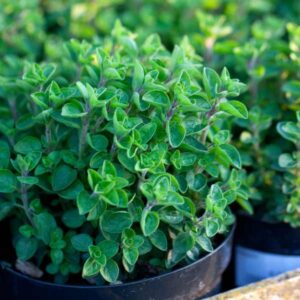Comfrey
$5.99
Symphytum Officinale
- Seed count 12
- Soil Improver
- Perennial
Out of stock
Email when stock available
Comfrey is a perennial plant with hairy leaves and bell-shaped flowers. It originates from Europe, growing in damp, grassy places. Comfrey should be termed as a ‘super-plant’ as it can be used as an herb, tea, vegetable, animal feed and green manure. Tall and wide spreading, it reaches a height of 60 to 90cm. With large, coarse leaves and flowers which are blue or creamy white grow in spikes and bloom all summer. It is easy to grow, spreads rapidly once established and lives for many years.
Germination rates can be improved by cold stratifying the seed prior to sowing. To do this mix equal parts of seed and damp sand in a container and store in the refrigerator (not freezer) for one week. Do not use sand that is dripping wet otherwise your seeds may rot. Remove the container from your refrigerator and soak the contents in lukewarm water overnight before sowing out the seeds. This process tricks the seeds into thinking they’ve experienced a cold winter and the warm water soak afterwards helps to speed up germination.
To the organic gardener, Comfrey is invaluable. It’s easy to grow, easy to use and incredibly beneficial to the garden. The roots draw nutrients from deep in the soil and transfer all the goodness into their leaves. Comfrey contains more Nitrogen (N), Phosphorus (P) and Potash (K) than most commercial feeds available and around twice as much Potash as farmyard manure or indoor compost.
Leaves can be used as a mulch or chopped and mixed with leaf litter to make a base for potting compost. It is especially valuable on crops that benefit from high doses of potassium, especially tomatoes, runner and dwarf beans. Comfrey is also incredibly useful as a compost activator. It is so rich that it not only enriches the soil but encourages it to heat up.
Growing comfrey in your garden should be planned well. Do not plant close to smaller plants. It is a pretty tough plant that will grow bigger every year and if given the opportunity to reseed itself, it will do so generously, so do choose your location with care. There is usually a disused corner that will make a great site for your comfrey bed or it can be grown in a contained trench.
Comfrey will thrive in full sun or in partial to near full shade. Being a fleshy plant it will need a lot of water and a soggy patch will be a plus. Light sandy soils will benefit from organic matter.
Comfrey is often used to improve soil quality. Plants have deep roots which bring up nutrients from deep in the soil and make them available to other shallow rooted plants.
One of the major practical uses for the average gardener is growing comfrey as a green manure as it ‘fixes’ many nutrients and trace elements by its growth. It is a valuable addition to the compost heap as a compost activator – comfrey is so rich that it not only enriches the soil but encourages it to heat up. A liquid fertiliser can be made by soaking the leaves for a week in a small amount of water, ideal for plants that benefit from high doses of potassium.
| Method: Sow seedlings | Soil Temp: 10°C - 25°C |
| Cool Mountain: Nov - Feb | Position: Full sun |
| Arid: Aug - Jan | Row Spacing: 10cm apart |
| Temperate: Sep/Nov - Mar/June | Planting Depth: 3mm |
| Sub Tropical: May - Oct | Harvest: 365 days |
| Tropical: Jun - Aug | Plant Height: 1.2m |







Not planted as yet due to hot weather
Excellent service, thanks, will buy again.